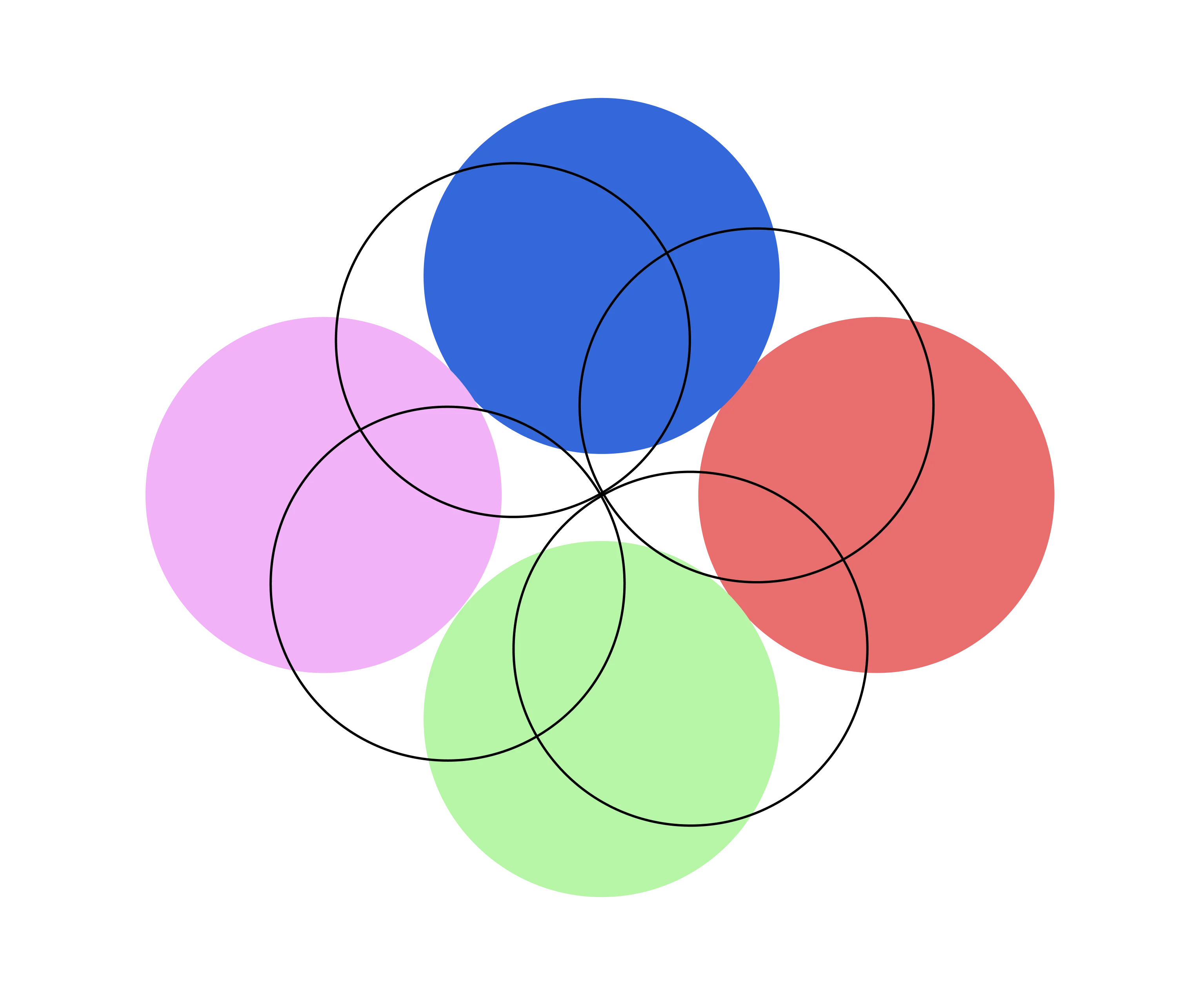
This mobile-first education platform helps K-6 students (children aged 3–9) improve fluency, comprehension, and vocabulary by reading aloud to an AI assistant. The app tracks performance metrics such as reading speed, comprehension, and time on task, empowering educators and parents with insight into student progress.
In the EdTech space, traditional comprehension assessments often rely on multiple-choice or rigid quiz formats. These approaches limit feedback depth and fail to mirror the conversational nature of real learning.There’s also rising demand for real-time personalization, cost-effective AI integration, and inclusive learning tools that support various reading levels and styles, especially for younger audiences.

Children between 3 - 7 years old who are learning to read English at home and are in need of a tutor to help them get through the difficulties of attaining this valuable skill.
Adapting the AI Tutor for a diverse range of English dialects and learning styles.

Previously, the platform used a traditional approach: to evaluate children's understanding after they've finished a book, the app used to ask them a set of fixed questions about the book. This old method, which used the same set of questions for every child for each book, made the learning experience less engaging because it didn't allow for flexible, interactive dialogue.
Moreover, children had to provide the exact word-for-word answers, which was limiting and didn't cater to the nuances of individual understanding. This resulted in reduced engagement, limited expression, and low visibility into the learner’s real understanding, especially problematic for younger children developing verbal reasoning.

We developed a chat-based feature using OpenAI technology to guide conversations with the child, maintaining the original set of questions while enhancing the system's ability to provide hints and engage in meaningful dialogue.
This improvement allows the system to support the child through the learning process, offering clues when an answer is unknown or acknowledging nearly correct responses.
This interactive approach transforms the experience into one that mirrors a human conversation, where the child can offer detailed answers, and the AI, equipped with the full context of the book, can accurately assess the correctness of these responses.Incorporating OpenAI's Whisper service, we converted audio responses into text, which our specialized OpenAI Assistant then evaluated for accuracy.
The Assistant, programmed with specific guidelines, can then offer hints, pose additional questions, or confirm correct answers, enriching the learning experience with a dynamic and supportive dialogue.This creates a natural flow of interaction that mimics human tutoring, increasing both engagement and comprehension.

In the development of a chat-based educational enhancement for an app serving over 200,000 young learners, meticulous attention was given to designing the chat integration to ensure cost-efficiency given the potential high costs associated with extensive user engagement.
The approach involved an in-depth analysis to identify the most cost-effective messaging strategies that would minimize the use of OpenAI tokens, crucial for managing operational costs while maintaining a high-quality interactive experience. Through a series of rigorous tests with various prompts, the team identified optimal messaging formats that achieved the desired educational engagement without incurring unnecessary expenses.
This strategic focus on efficiency and effectiveness was key in successfully implementing the chat feature, ensuring scalability to accommodate the app's large user base while adhering to budgetary constraints.
Linnify was introduced to the project due to its strong product management expertise and previous work experience with the client. Our team conducted discovery, market research and created the design prototype in less than 6 weeks, providing the spin-off with the ability to run usability tests with end users much sooner than expected.
After the final design version of the product was validated, Linnify’s development team, led by its Product Success Manager, was able to launch a beta version of the product in less than 3 months. The collaborative efforts that were shared within the team and together with benefyd’s team contributed to the success of the product launch on time, on budget and on quality.



The product evolved from a limited quiz-based system into a fully conversational, AI-powered educational tool in less than one month. The redesign now supports nuanced, real-time comprehension feedback that adapts to each student.
This project enhanced Linnify’s expertise in voice-powered EdTech, OpenAI Whisper and GPT integration, token usage optimization, and mobile-first conversational UX for early education. Our client continues to grow the platform, with support from our team in developing future AI-driven learning experiences.


The original system used fixed, word-for-word quiz questions that limited expression and failed to assess real comprehension. This made the experience less engaging and less adaptive to individual learning styles.
Linnify built a chat-based AI tutor using OpenAI’s Whisper and GPT-4. It guides conversations, provides hints, evaluates open-ended answers, and mimics real human dialogue for young learners.
Audio is converted to text using OpenAI Whisper, then evaluated by a GPT-based assistant that’s programmed to understand context and assess comprehension dynamically.
Children aged 3 to 7 yearsold learning to read English at home, especially those needing an intuitive, supportive alternative to traditional reading tutors.
The entire AI integration, including Whisper, GPT, chat-based UX, and monitoring tools—was completed in just 3 weeks, with scalability and cost-awareness built in.
Linnify designed optimized messaging strategies to reduce OpenAI token usage, ensuring the AI system could scale to 200,000+ users without exceeding budget limits.
The project enabled personalized comprehension feedback, reduced barriers to learning, and helped transform the app from a static quiz system to an interactive AI tutor.